As we pass another Social Media Day on June 30, I’m looking at a decade of marketing – the highlights. This roundup was compiled with the help of my marketing team at Contentworks Agency. Talk to us for content and social media management.
The Facts – A Roundup to Make You Feel Old:
Flashback to January 1, 2010. Steve Jobs was still the CEO of Apple, Facebook was just an upstart that had squeezed its way to profitability, Instagram was the new kid on the block, Spotify hadn’t hit the US and Tinder, Twitch and TikTok simply didn’t exist. Yep, pour yourself a strong coffee!
Data privacy was also not so much of a big deal with no GDPR rules. And, as for Donald Trump’s presidency. Well, that was predicted by The Simpsons almost 20 years ago, but not yet a reality. That said; his Twitter account has been active since 2009 and has since become a propaganda and marketing tool from which he has sent more than 41,000 tweets.
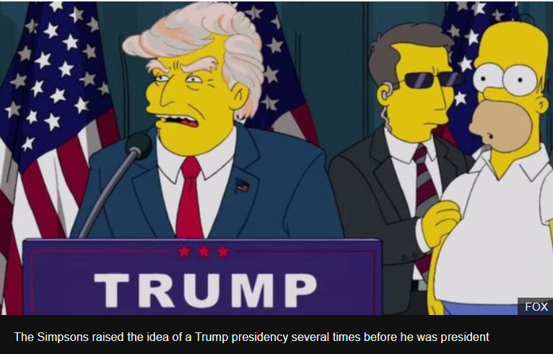
A Decade of Marketing Slang
Now you feel suitably archaic, let’s take a look at some of the marketing (dare we say it) ‘buzzwords’ that have been popular over the decade. We know all the latest phrases and acronyms – even if some of them make us want to cry into our giant mug of coffee.
- FOMO – this stands for the Fear of Missing Out and is a marketing tactic that plays on the emotions of humans. If people feel others are experiencing something they’re not, they’re more likely to take action and make a purchase. Cool. Right? Showing that people are using your products is one way to create FOMO. And if you can do this in real-time, urgency goes through the roof.
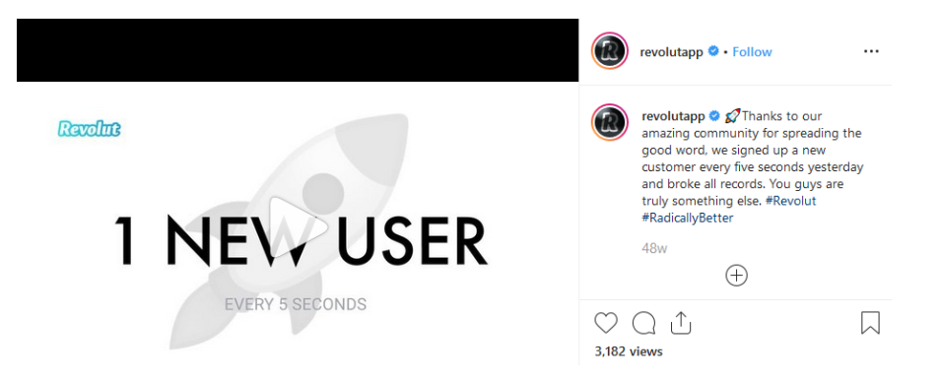
- JOMO – unlike FOMO, this stands for the Joy of Missing Out. It centres around the idea that people can embrace happiness by staying at home and not following the crowd. Dominos released a cracking JOMO ad which portrayed all the crazy things that could happen when pursuing FOMO, concluding that staying home and eating pizza was the way forward. Watch the ad here.

- Social Proof – this is all about social influence and how people like to follow others in order to fit in. Reviews are often used to show people that a service is popular, and they should enjoy a slice of the pie. Seeing an influencer recommend a product can also be seen as social proof.
- Omnichannel – marketing on one platform is not enough these days. Consumers expect an immersive experience which includes a multi-channel approach. Big data and analytics are being used to help present the right information to the right audience.
The Evolution of Social Platforms
Just one decade ago, the world was a different place. But things have progressed rapidly throughout the past 10 years. Below, I’m delving into the evolution of social media platforms and how they’ve enhanced the world of marketing.
Instagram launched exclusively for iOS on 6 October 2010 and was an instant hit garnering 100,000 users in just one week. This increased to 1 million in 2 months. Progress was swift with the expansion of Insta for Android helping to boost registered users to 80 million by 2012. 4 billion photos had been shared at this time. New features such as improved translation for 25 languages also made the platform much more accessible.
Users numbers continued to climb with 100 million people enjoying the platform by 2013 encouraged by the introduction of 15-second video clips. 300 million users were using extras such as photo filters by 2014 and by the time the Boomerang video app launched the platform has a whopping 400 million followers. Instagram Stories launched in 2016 followed by Live Stories later that year. This added a fresh perspective and improved appeal. Today, Instagram has 1 billion+ monthly active users and is widely used for business marketing.
Here’s why:
- The time spend watching Instagram videos is up 80% with in-feed video ads, Instagram Stories, canvas ads, carousel ads and Instagram TV (IGTV) giving brands a wide range of creative outlets all from the same channel. Creators and accounts with larger audiences can also upload videos of up to one hour.
- From 2016, Instagram made it possible for businesses to analyse their Insta performance and tweak campaigns through Instagram Analytics. Users can now increase engagement, optimise stories, drive traffic and work out the best time to post for a specific target audience.
- Instagram is a hugely popular way of gaining consumer interest and trust. Indeed, 62% of people are more interested in a brand or product after seeing it on Stories.
Best Instagram Story Ideas:
If 10 years of Instagram and 4 years of Insta Stories has taught us anything it’s that being creative is key, helping to attract your target audience. 500 million Stories are watched every day, so here are some of the best ways to use tech innovation to your advantage and increase brand awareness.
- Promote blog posts
- Promote Instagram posts
- Promote products

- Create a shoppable post using story stickers

- Enjoy a story takeover
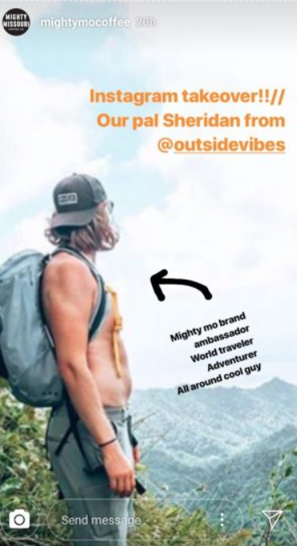
- Go Live
- Use Insta TV
- Use the question sticker to increase engagement.
Top Insta Campaigns of the Decade
As you can image. There have been loads of amazing Insta campaigns in recent years. But the stuff by GoPro really caught my eye. Firstly, they’ve 16.7 million followers. That’s huge. Secondly, their photography is off-the-scale awesome – which helps market their camera products perfectly without being overly promotional. Engagement levels with posts is extremely high. It’s not unusual for each picture to receive hundred of thousands of likes and hundreds of comments.

The use of video posts is also a clever way to advertise the products available, with the visuals speaking for themselves. Combined with competitions and money incentives, GoPro’s Insta marketing is on point.
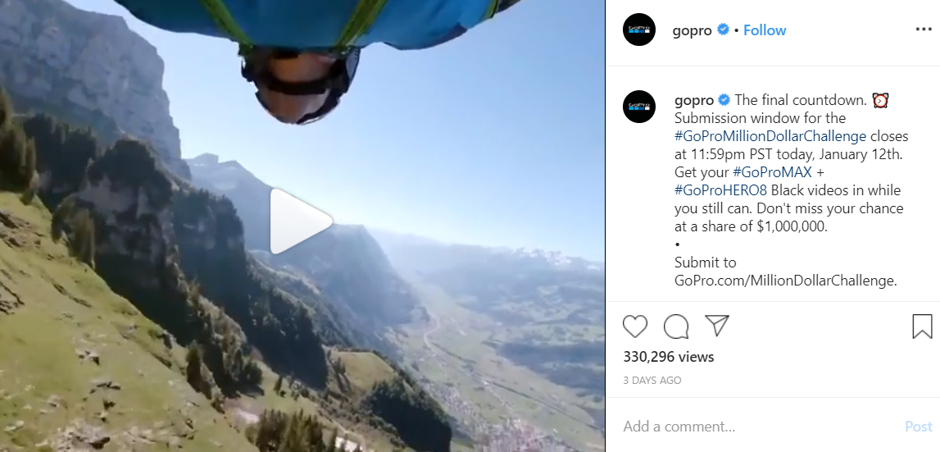
GoPro also knows how to spread brand awareness by partnering with other brands. Their collaboration with Secret Life of Pets created huge buzz and allowed them to tap into a younger demographic – and their parents. Genius.
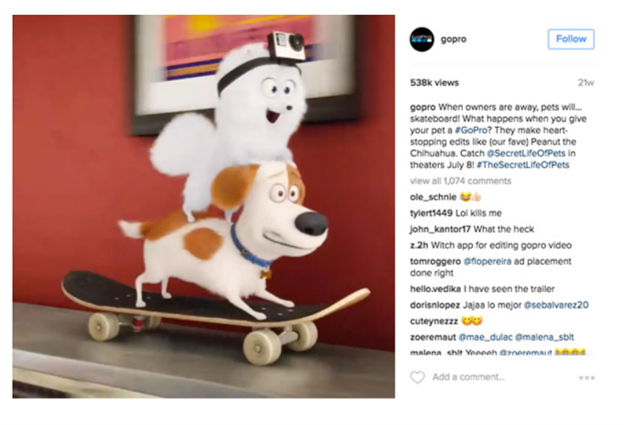
The power of Instagram – viral success
One thing that’s become apparent over the past decade of marketing is the power of social media. A single post can go viral reaching millions of people overnight. While posts from celebrities such as Justin Bieber and Selena Gomez get a lot of attention, the internet can sometimes react in an unexpected way. An egg, for instance, became the most-liked post on Instagram after Insta users were challenged to outshine a record set by Kylie Jenner. Within days, the egg had over 300 million likes achieving social fame and smashing Jenner’s 18 million likes.
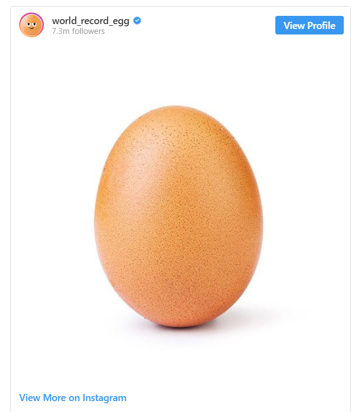
Facebook is the champ of social media reaching 60.6% of internet users and having a whopping 2.7 billion monthly active users. 2.1 billion users are active on the site on a daily basis. But what makes this platform so great and what’s changed over the last decade of marketing? The answer is – a lot. Facebook was launched in 2004, so is old in comparison to its peers, but it has never stopped evolving. Highlights of the decade for marketers include.
- Facebook Messenger – launched in 2011 giving businesses a direct way to communicate with consumers.
- Promoted Posts – launched in 2012, this allow pages with 400+ likes to increase a specific post’s reach and impressions.
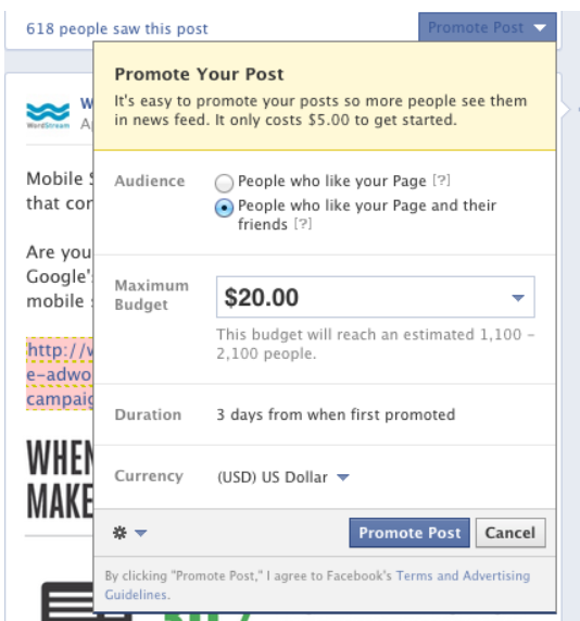
- Facebook Ads Manager – launched for Android and iOS in 2014. This tool makes it possible to create and manage Facebook ads. View, make changes and see results of all your Facebook campaigns, ad sets and ads.
- Facebook Stories ads – introduced in 2018 allowing marketers to communicate their messages in a full-screen, immersive environment.
- Ads in Messenger Stories – marketers are now able to create ads using the Messenger Stories placement to increase the reach of Instagram Stories and Facebook Stories campaigns.
Facebook Challenges of the Decade:
- Planking (2011) – Started by Australian pro rugby player David Williams, this craze went viral and saw people posting pics on Facebook of them planking in unusual locations.
- The Ice Bucket Challenge (2014) – Yes, it really was that long ago. Over 28 million people joined the conversation about the ice bucket challenge posting, commenting or liking a challenge post. Even celebs including Lady Gaga, Justin Timberlake and Mark Zuckerberg took part.
- 10-Year-Challenge (2019) – At the start of 2019, people were challenged to post a photo of what they looked like 10 years ago as well as a recent one. Over 5.2 million took part on Facebook including celebs.
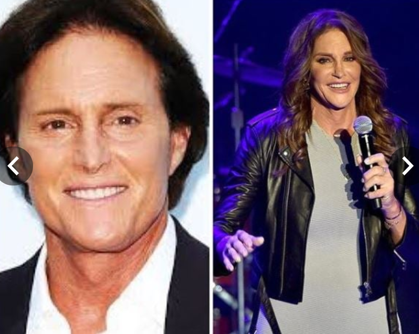
- TikTok
TikTok, a social media platform with 500 million users worldwide and a target audience between 16-24 years old, was not even around ten years ago. In fact, it only launched in 2017 and has gained enough traction to be a useful marketing tool throughout 2020.
As a video marketing platform centred round fun, upbeat content that appeals to the Gen Z demographic, TikTok marketing must suit the tone of the platform. Brands therefore need to think carefully and come up with a campaign that’s suitable. Lush Cosmetics, for instance, hit the nail on the head with their product demonstration set to music as this marketing effort was relaxed, informal and on brand.
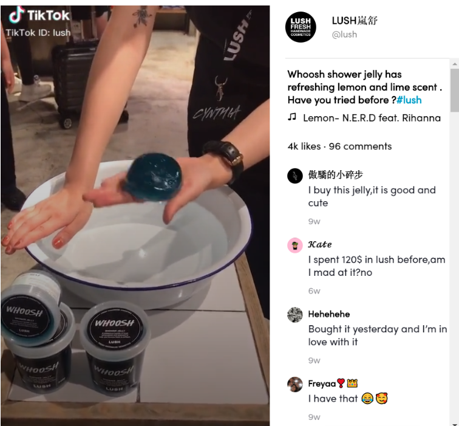
The Hashtag Challenge craze also gave brands a new way to boost brand awareness. Users were encouraged to create or recreate content while incorporating a branded hashtag. The brand Guess was one of the first companies to launch a hashtag challenge. They asked TikTok users to film themselves wearing Guess’ new denim line with the hashtag #InMyDenim.
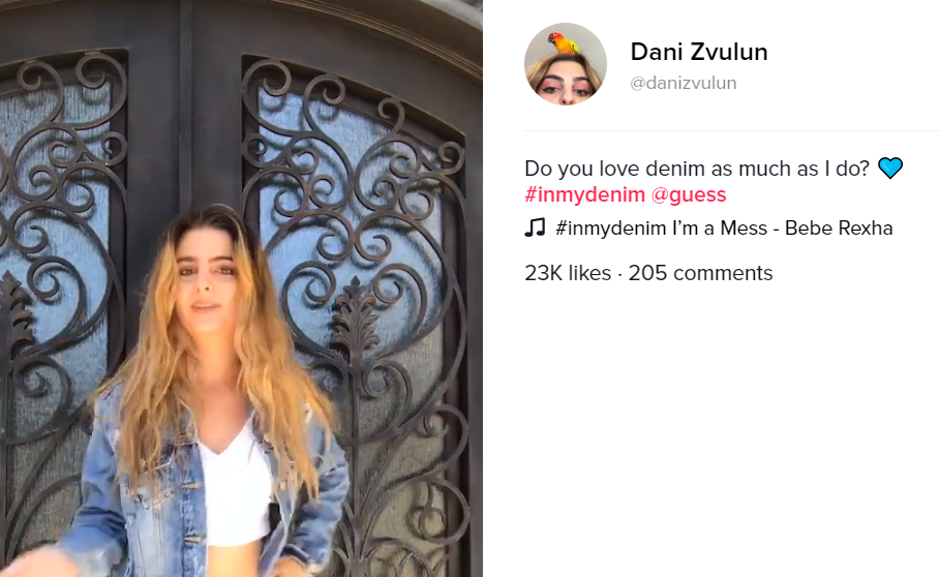
While Twitter launched in 2006, it has grown rapidly over the past decade. By 2012 it had 100 million users posting 340 million tweeds a day. Today, there are 330 million monthly active users and 134 million daily active users on Twitter. But there’s been a significant change with how the micro-blogging site is used. Firstly, it’s a huge marketing platform. 75% of B2B businesses market their products and/or services on Twitter. The site is popular with brands looking to spread brand awareness and increase sales, particularly considering Twitter users have a higher income than the national population and are willing to spend.
But it’s not just companies boosting their brand that have taken to Twitter. Politicians have also used the site to garner support for their campaigns. This includes President Trump. From his official declaration of candidacy in June 2015 through to the first two and a half years of his presidency, he tweeted over 17,000 times. He has sent out more than 41,000 tweets including official statements as the President of the United States as well as controversial or false statements. Below is a graph of Trump’s Twitter activity. His tweets have received over 231 million retweets and over 933 million likes.
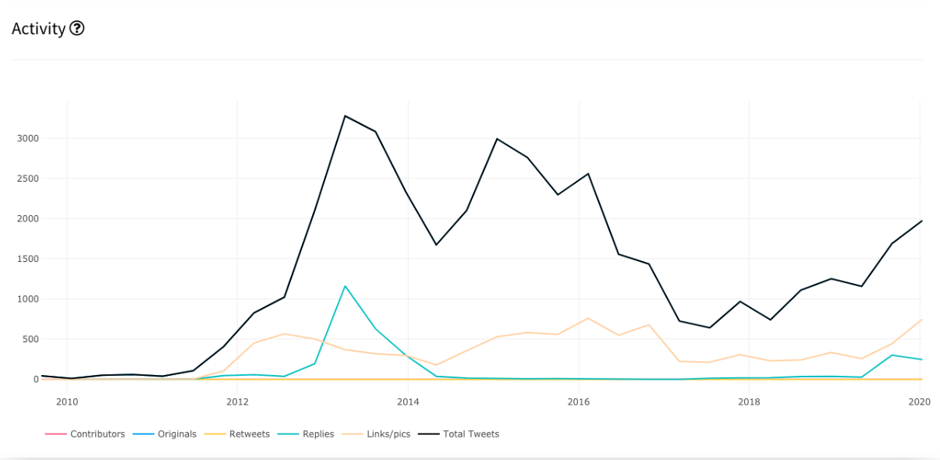
Sites like Twitter also make it possible to send out ‘marketing’ messages or branded tweets in different languages. Indeed, Trumps’ tweet in Farsi expressing support for Iranian protestors has already garnered over 240,000 likes and counting. Interestingly, Iran banned Twitter in 2009….
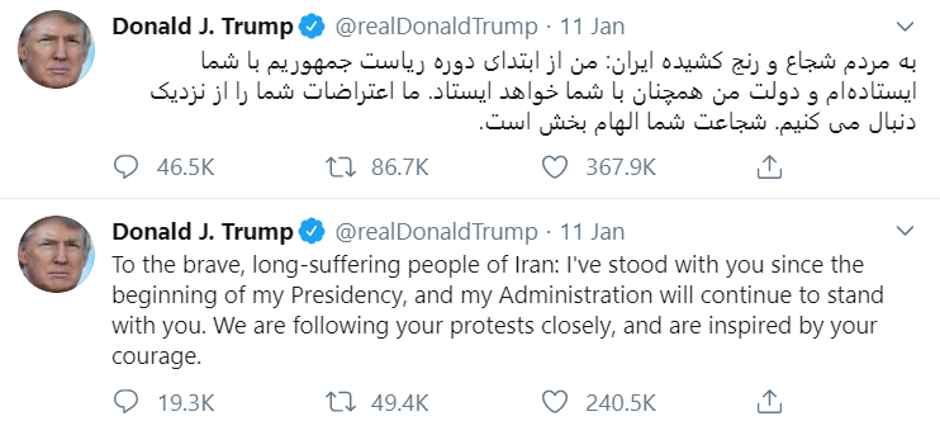
A Change in Rules and Regulations
Social media is a marketers’ paradise but there have also been some rule changes over the decade which have tightened up privacy and put restrictions on specific industries.
Here’s a flashback:
The Cambridge Analytica Scandal was all about personal data from Facebook profiles being used without permission. This made the headlines and resulted in Mark Zuckerberg enduring a gruelling Congress hearing. The result of all this drama was introduction of General Data Protection Regulation (GDPR) rules which came into effect in May 2018. Compliance rules included:
- Asking for consumer consent to hold onto personal data
- Requesting permission before using personal data
- Keeping track of consumer consent as proof you obtained it
Restriction of financial services ads. In 2018, Facebook banned all crypto currency ads. This was later rolled back in 2019 with the restrictions being loosened. The ban on binary and ICO services remained. Twitter also followed suit banning crypto ads from its platform including those promoting ICOs and token sales.
MiFID II. New MiFID II rules directly impacted content marketers. This tightened companies’ approach to risk warnings, language barriers, clear communication and so on. Find out more here.
The Growth of Influencer Marketing
Influencer marketing has been around for centuries with people looking up to their idols and copying styles and trends. But the growth of social media popularity throughout the decade has led to a surge in influencer marketing. Here are the stats you need to know.
- 93% marketers use influencer marketing
- Brands are set to spend up to $15 billion on influencer marketing by 2022
- Twitter users spend 24% more time with ads posted by ‘creators’
- 40% of Twitter users have made a purchase as a direct result of a tweet from an influencer.
- 70% of teenage YouTube subscribers relate to influencers more than celebrities.
- Every social platform attracts influencers to some degree, but Instagram is the gold standard for the group. Nearly four in five (79%) brands predominantly tap Instagram for influencer campaigns, compared with Facebook (46%), YouTube (36%), Twitter (24%), and LinkedIn (12%), per Influencer Marketing Hub.
- Four in five surveyed U.S. consumers(81%) have made a purchase through clicking a link or image an influencer shared
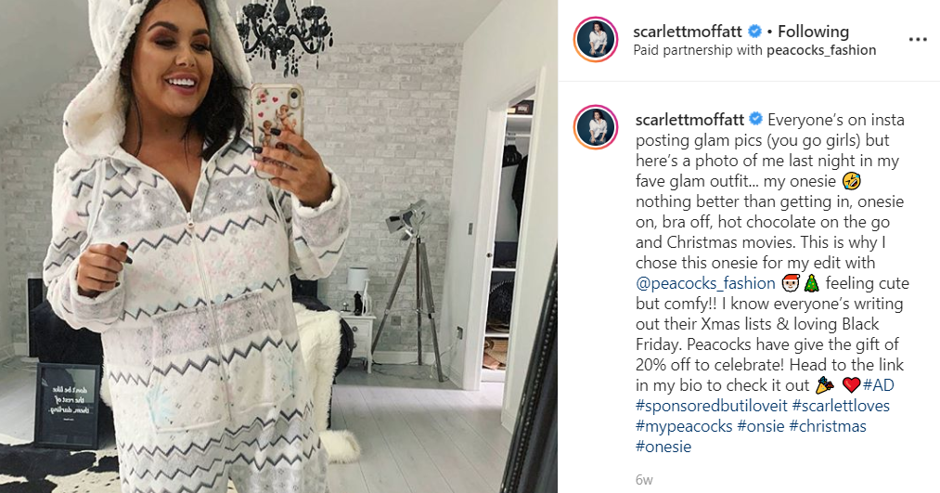
That said; consumers are becoming tired of false advertising and are looking for a genuine link become influencer and brand. Just a few years ago, celebrities could promote products without mentioning that their post was an add. But this has changed due to recent laws introduced by bodies such as the Federal Trade Commission and the Advertising Standards Authority.
There has also been a great shift towards micro-influencers. Here’s why:
- An international survey carried out by Cohn & Wolfe found that 87% of global consumers felt that it was important for brands to “act with integrity at all times,” ranking authenticity above innovation (72%). Micro-influencers can help brands build credibility as they tend to have a genuine interest in the services/products they endorse and therefore interact in a much more natural way than celebrities who often promote for money.
- Micro-influencers can create both trust and credibility for your brand. 92% of consumers perceive micro-influencers as more believable and credible. This makes for receptive audiences. 94% of consumers consider micro-influencers to be more knowledgeable than macro-influencers/celebrities and this translates to audiences that are genuinely interested in what the micro-influencers have to say.
A Decade of Hashtag Love
The hashtag has never been used as much as it has this past 10 years. Hashtags are a vital part of digital campaigns making content easier to find and helping to spread brand awareness.
Here are several hashtags of the decade that spread around the internet like crazy:
#MeToo – addressing the issue of sexual harassment, this hashtag went into overdrive following a significant tweet by Alyssa Milano. According to a study by the Pew Research Centre, the hashtag was used more than 19 million times since Milan’s tweet. That’s more than 55,000 uses of the hashtag per day.

#BlackLivesMatter – After the murder of Trayvon Martin and subsequent acquittal of George Zimmerman in 2013, Alicia Garza, Patrisse Cullors and Opal Tometi created the Black Lives Matter movement to fight about the disproportionate violence against African Americans.
#Brexit – over 200 million tweets related to #Brexit were sent between the Referendum and early 2019.
So that’s my decade of marketing complete. If you liked this article, don’t forget to share it. At my content marketing agency we offer all kinds of awesome content from blogs to video scripts and whitepapers. Contact me today for more information and to improve your digital marketing strategy.